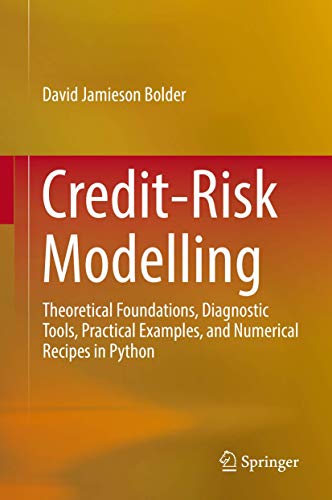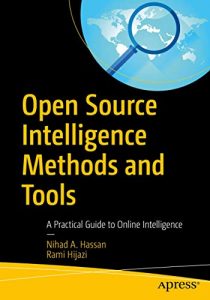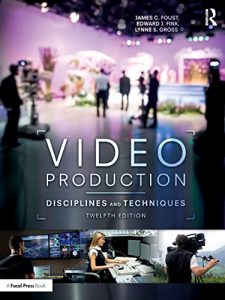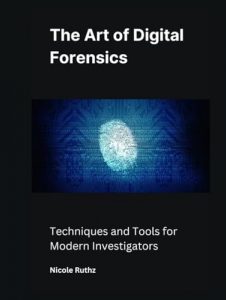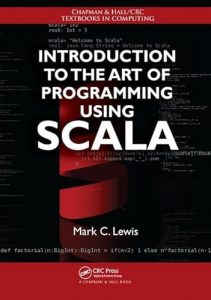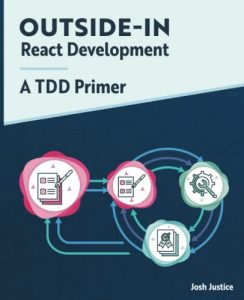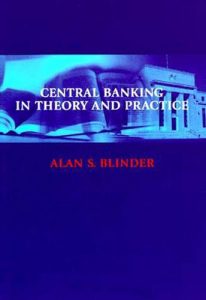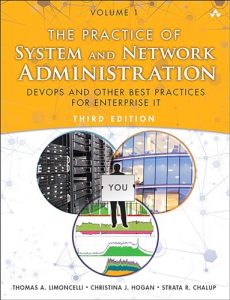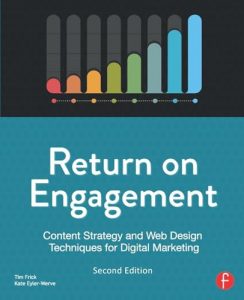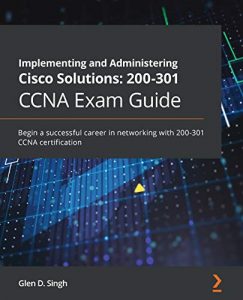Must-Read Books on Credit Risk Management
Credit risk management is vital in the financial world, and ranging from theoretical foundations to practical applications, here are some of the most compelling reads that can elevate your understanding and career.
1. Credit-Risk Modelling: Theoretical Foundations, Diagnostic Tools, Practical Examples, and Numerical Recipes in Python
This comprehensive text by David Jamieson Bolder serves as both an introductory guide and a deep dive into credit-risk modelling. It elegantly combines theoretical foundations with practical examples and diagnostic tools, specifically using Python. Its clear explanations make complex concepts accessible to both novices and experienced practitioners. If you want to prevent unexpected credit losses, understanding this book is essential. 
2. Credit Risk Modeling using Excel and VBA
Co-authored by Gunter Löeffler and Peter N. Posch, this book leverages the ubiquitous Microsoft Excel and VBA for practical credit risk modeling. Aimed at practitioners in finance, its straightforward approach to modeling introduces you to key credit risk concepts, ensuring you can implement sophisticated models in a familiar Excel environment. This title is a must-have for anyone looking to skillfully manage credit risk effectively. 
3. Technology Credit Risk Management (Chinese Edition)
Wang Wen Yin’s insights into technology-focused credit risks provide a unique perspective, especially relevant in today’s rapidly evolving tech landscape. This Chinese edition discusses the critical intersections between technology advancements and credit risk, making it invaluable for financial experts working in or with tech firms. Understanding these dynamics may be vital for predicting future trends in the sector. 
4. How to Manage Credit Risks for Tomorrow
By Mr. Al Cheung, this forward-thinking title tackles the ever-evolving landscape of credit risks. Published recently and focusing on future trends, it prepares readers for impending challenges in risk management. This book is particularly important for decision-makers and financial strategists who are looking to optimize their organizations against potential threats in credit risk. 
5. Machine Learning for Risk Calculations: A Practitioner’s View
Ignacio Ruiz and Mariano Zeron focus on the transformative impact of machine learning in risk calculations, making their contribution indispensable in today’s tech-infused financial world. This book encourages practitioners to embrace data-driven decision-making, presenting real-world applications of machine learning methods in risk assessments. Professionals seeking to modernize their risk calculation strategies will benefit immensely from the insights provided in this groundbreaking work. 
6. Credit Risk Management: Pricing, Measurement, and Modeling
Jiří Witzany intricately weaves together pricing, measurement, and modeling in this essential guide for finance professionals. This title offers a mix of theoretical rigor and practical application, making it suitable for both academics and practitioners alike. Those engaged in the credit industry will find the depth of knowledge here to be a powerful resource in effective credit risk management. 
7. Mastering Credit Risk Innovation: AI, Quantum Computing, and Cutting-Edge Financial Strategies
This book, priced affordably by IA CONSULTORIA, delves into how modern innovations such as AI and quantum computing can reshape risk management. The authors provide actionable insights and strategies that professionals can implement to stay ahead in this ever-evolving field. Those interested in an innovative approach to credit risk will find this title particularly enriching. 
8. Artificial Intelligence and Credit Risk: The Use of Alternative Data and Methods in Internal Credit Rating
Rossella Locatelli, Giovanni Pepe, and Fabio Salis explore the integration of artificial intelligence in credit ranking processes. They provide a comprehensive analysis of alternative data usage, emphasizing how technology can enhance internal credit ratings. This book aims to spark new discussions around effective credit risk strategies and innovation. 
9. More Thinking about Credit
T.H. Donaldson’s classic work provokes deeper reflection on credit management strategies and traditions. Although published quite some time ago, its foundational ideas are still relevant, guiding practitioners in thinking critically about contemporary credit issues. It empowers readers to challenge prevailing norms and can serve as a great starting point for new discussions in finance circles. 
10. Evolution of Credit Risk in Emerging Technology Companies and Evaluation of Research
Written by ZHOU ZONG FANG, ZHANG YING, CHEN LIN, and DENG, this book examines credit risk dynamics within technology companies. With a focus on research evaluations, it sheds light on how credit risks have evolved alongside technological advancements. Those interested in the intersection of technology and finance will find this book particularly essential for grasping modern credit risk landscapes. 
With these outstanding selections, you can deepen your knowledge in credit risk management. Each title brings something unique to the table, so be sure to grab your favorites today!

